The first time I wore my Speedmaster on vacation, I caught myself standing poolside, towel in one hand, hesitating. I’ve worn dive watches in the ocean and G-Shocks in the shower, but something about the Speedmaster made me pause. I didn’t want to baby it—but I also didn’t want to wreck a chronograph I actually use and enjoy.
So, I did the thing most of us end up doing: I Googled it. Here's what I’ve learned from owning, testing, and asking exactly this question.
What Omega says about Speedmaster water resistance

Most Speedmasters, including the Professional Moonwatch, are rated for 50 meters. That sounds like enough—but it’s not. The 50m rating is based on static pressure tests, not actual swimming. Omega doesn’t advertise the Speedmaster for water use the way they do their Seamaster line, and that’s intentional.
If you're holding a Speedmaster with a 50m case rating, it’s splash-resistant, not swim-ready. A quick rinse under a faucet is fine. Jumping into a pool? Not advised.
The exceptions are rare. Some Speedmaster variants—like the Speedmaster Diver 300M Chronograph or models in the “Dark Side of the Moon” family—have higher water resistance, up to 100 or even 300 meters. But these aren’t the typical Moonwatch models most of us wear daily.
Water isn’t the enemy, assumptions are
The Speedmaster isn’t allergic to water. It can handle rain, sweat, even a splash from the sink. What it doesn’t like is pressure—and assumptions.
Just because a watch says “50m” doesn’t mean it’s ready for a swim. And just because it’s chronograph steel doesn’t mean it’s a dive tool. I’ve worn mine in all kinds of weather, but when swimming comes into play, I switch to something made for that. It’s not fear—it’s just using the right tool for the job.
Can you shower with a Speedmaster?

Technically, if your case and seals are perfect, the 50m rating should cover brief exposure to water. But showers add heat, soap, and water pressure—three things that gaskets don’t love. Over time, those elements can accelerate seal wear.
If the crown isn’t fully pushed in, or if the watch is a few years out from a pressure test, you're gambling. And in my view, it's not worth the long-term risk for a few minutes of convenience.
Safer options if you want to wear it around water
- Check your model: If it’s one of the 100m+ variants, you have more flexibility
- Avoid leather for swimming: While our Italian leather straps aren’t made for water use, they are water-resistant enough to handle occasional splashes without stiffening or staining
- Swap wisely: Some owners use rubber or fabric straps temporarily for beach days
- Pressure test regularly: Especially if your watch is a few years old or has seen heavy wear
Final thoughts
I love wearing my Speedmaster, and I trust it—but water is a long-term enemy of gaskets, leather, and peace of mind. For me, the point of a watch is to enjoy it. So when I’m heading to the beach, I either switch watches or leave it on dry land.
FAQ
Can I wear my Speedmaster in the pool?
Only if it's a model with 100m+ water resistance, and only with a non-leather strap. Most Moonwatches aren’t built for swimming.
Does Omega’s 50m rating mean I can swim with it?
Not really. That rating covers hand washing or splashes—light, still water—under lab conditions.
Will leather straps get damaged by water?
Yes. Leather and water don’t mix long-term. But not all leather straps are made the same. Our straps for Omega Speedmaster & Rolex are water-resistant enough to handle splashes, humidity, and everyday moisture—without stiffening or picking up odors.
Is the sapphire caseback a water risk?
Some believe casebacks with display windows are more prone to leaks over time, but we haven’t seen verified failure data on this yet.

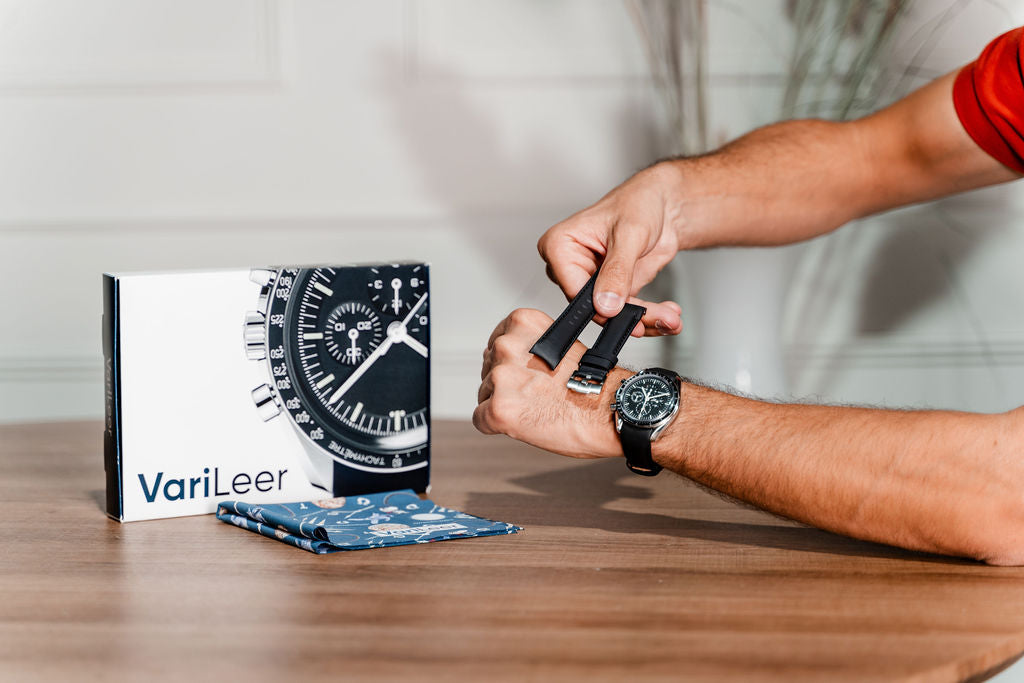


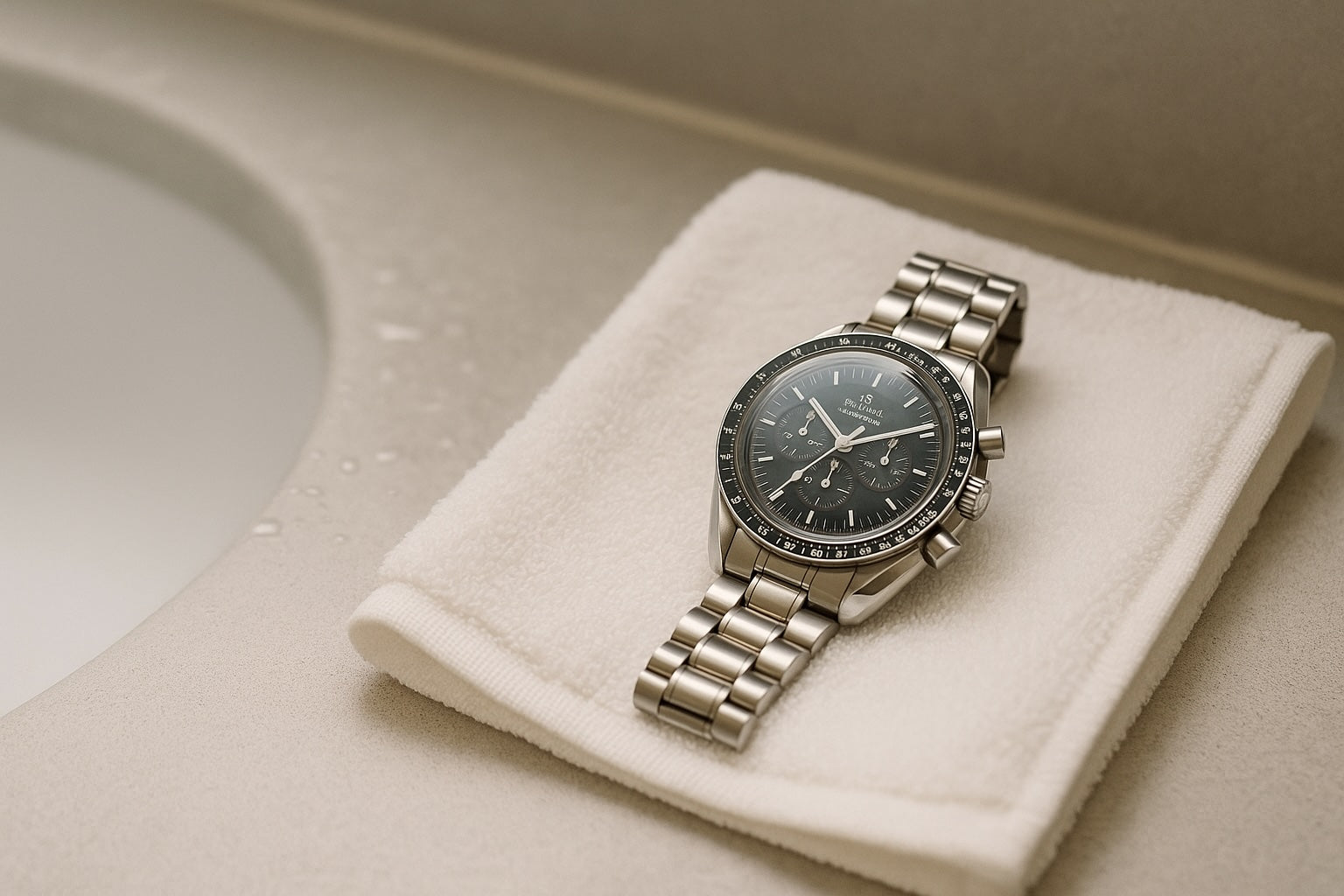
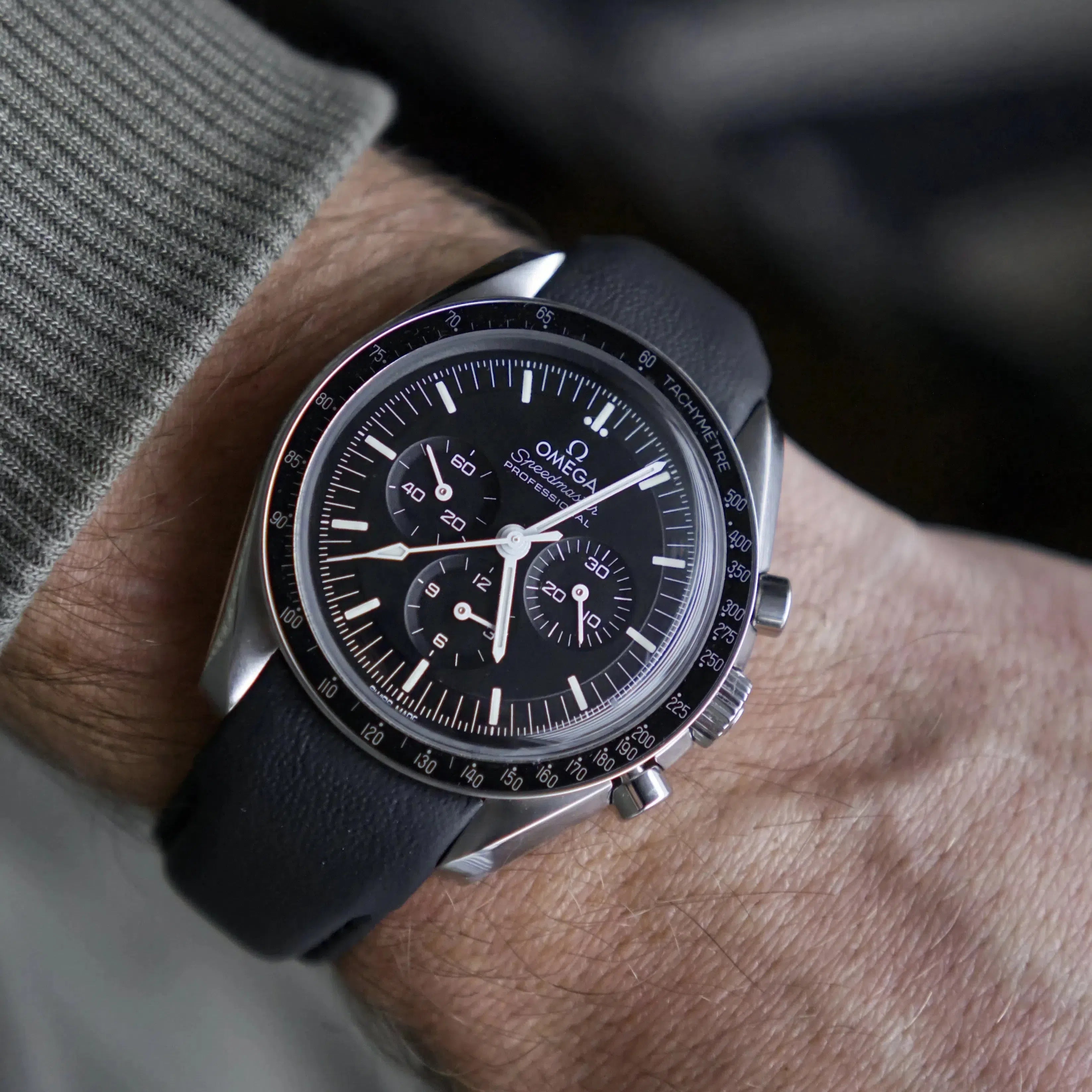
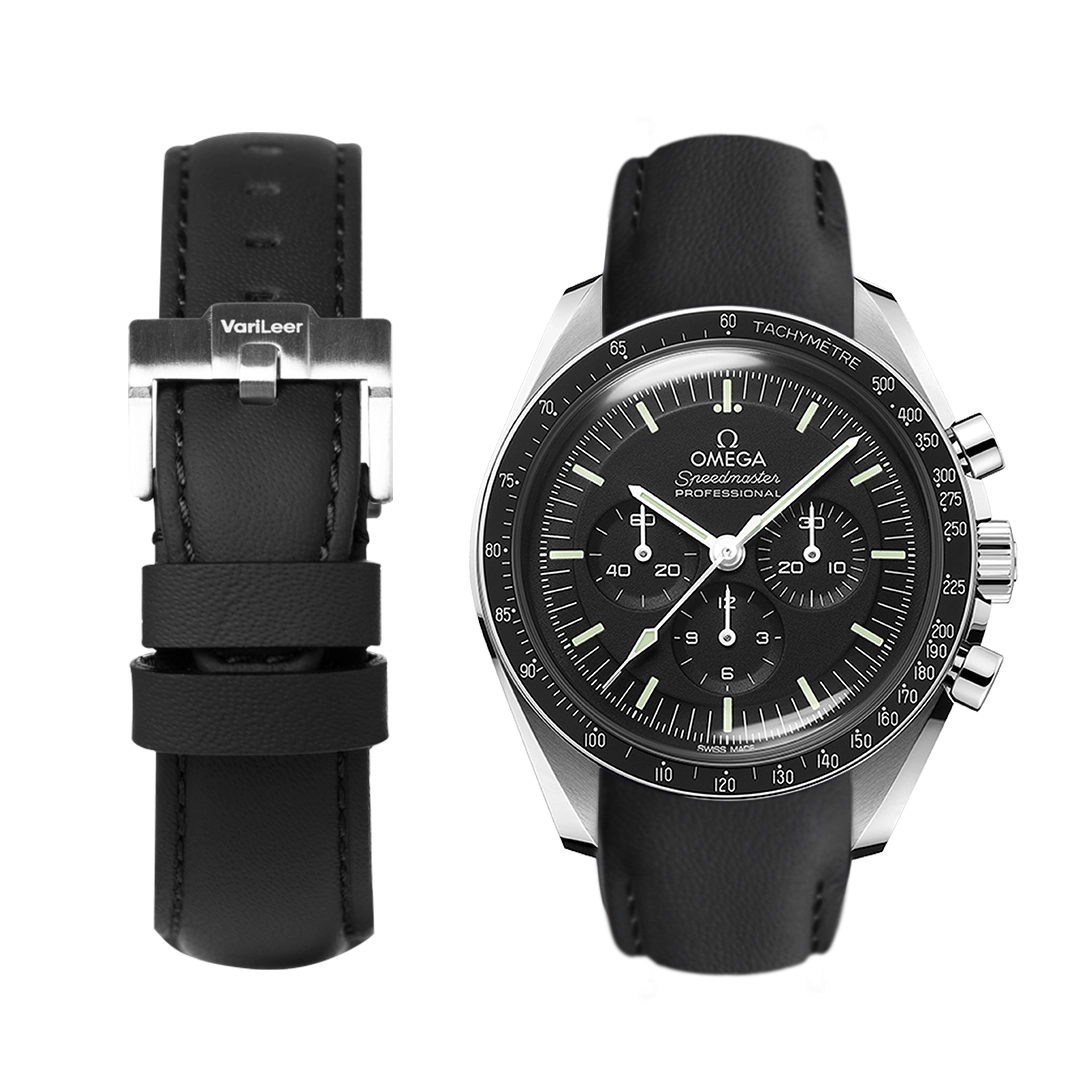
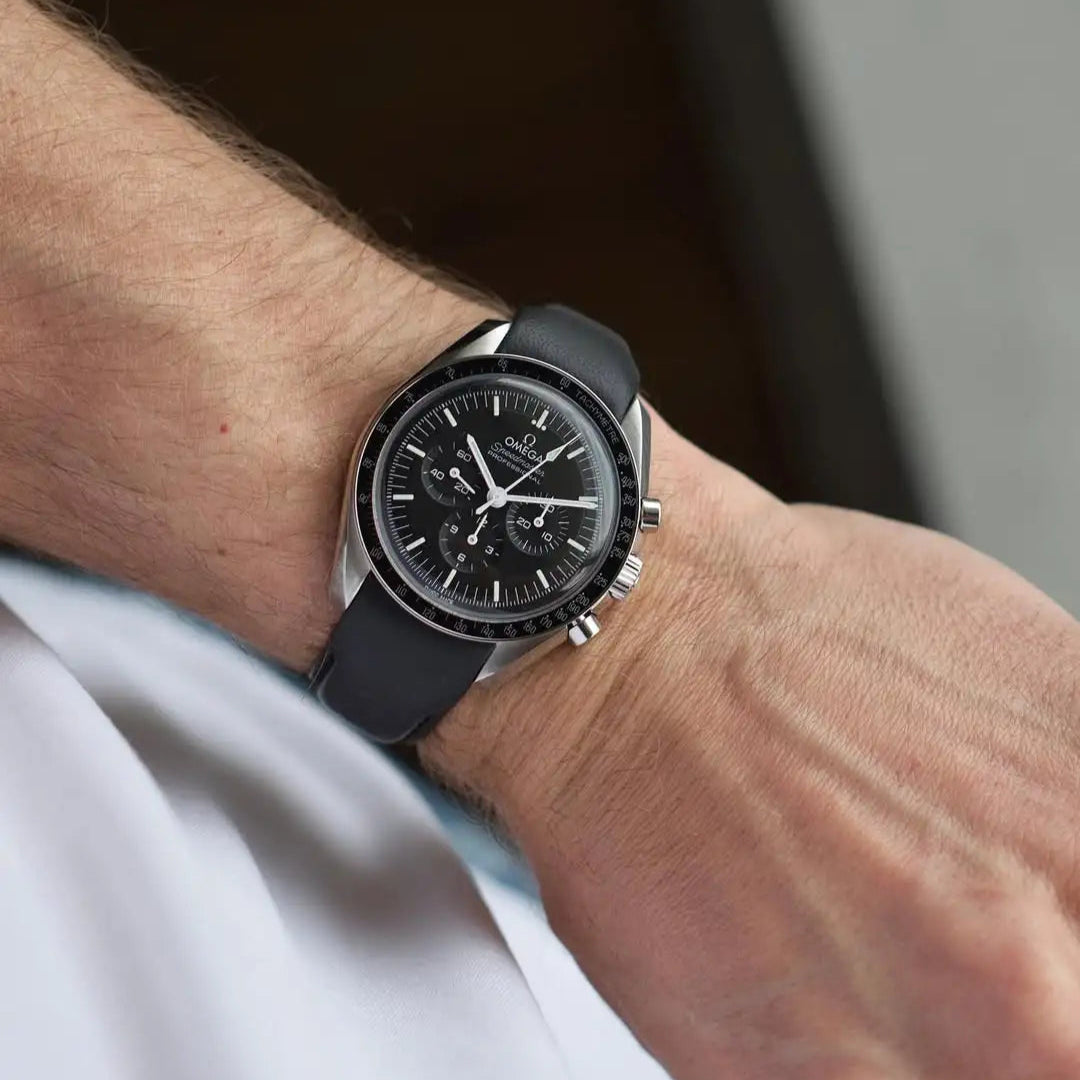
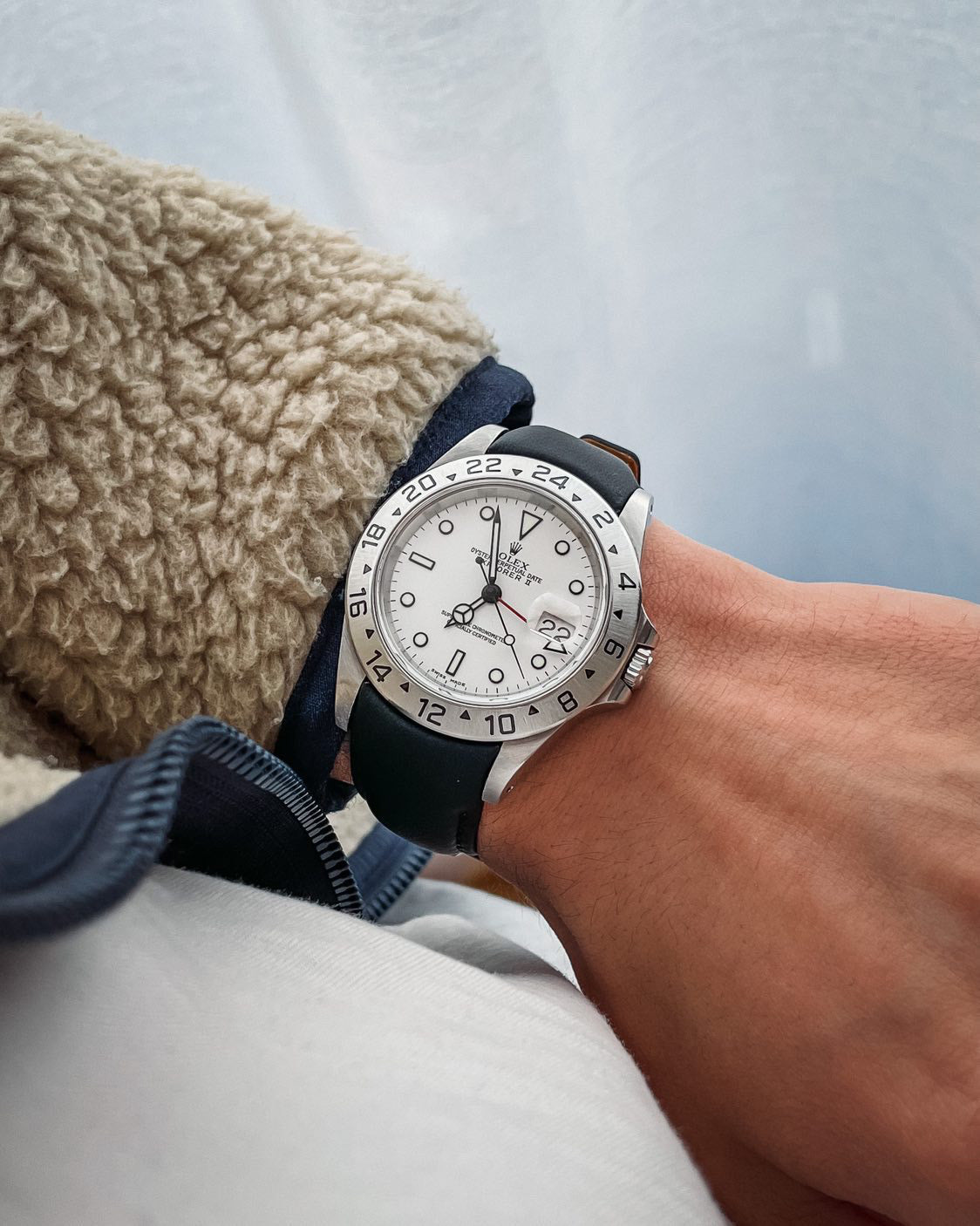
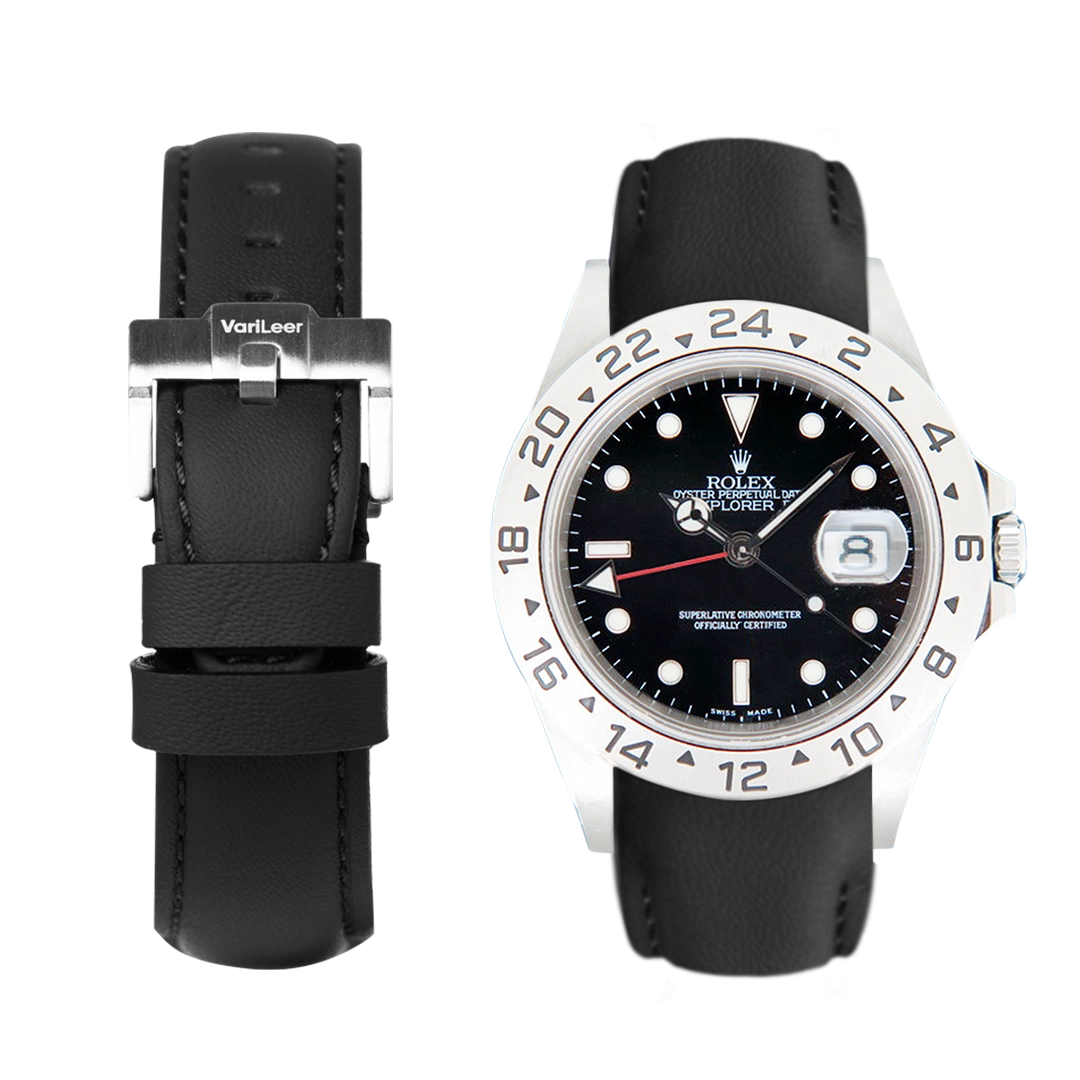
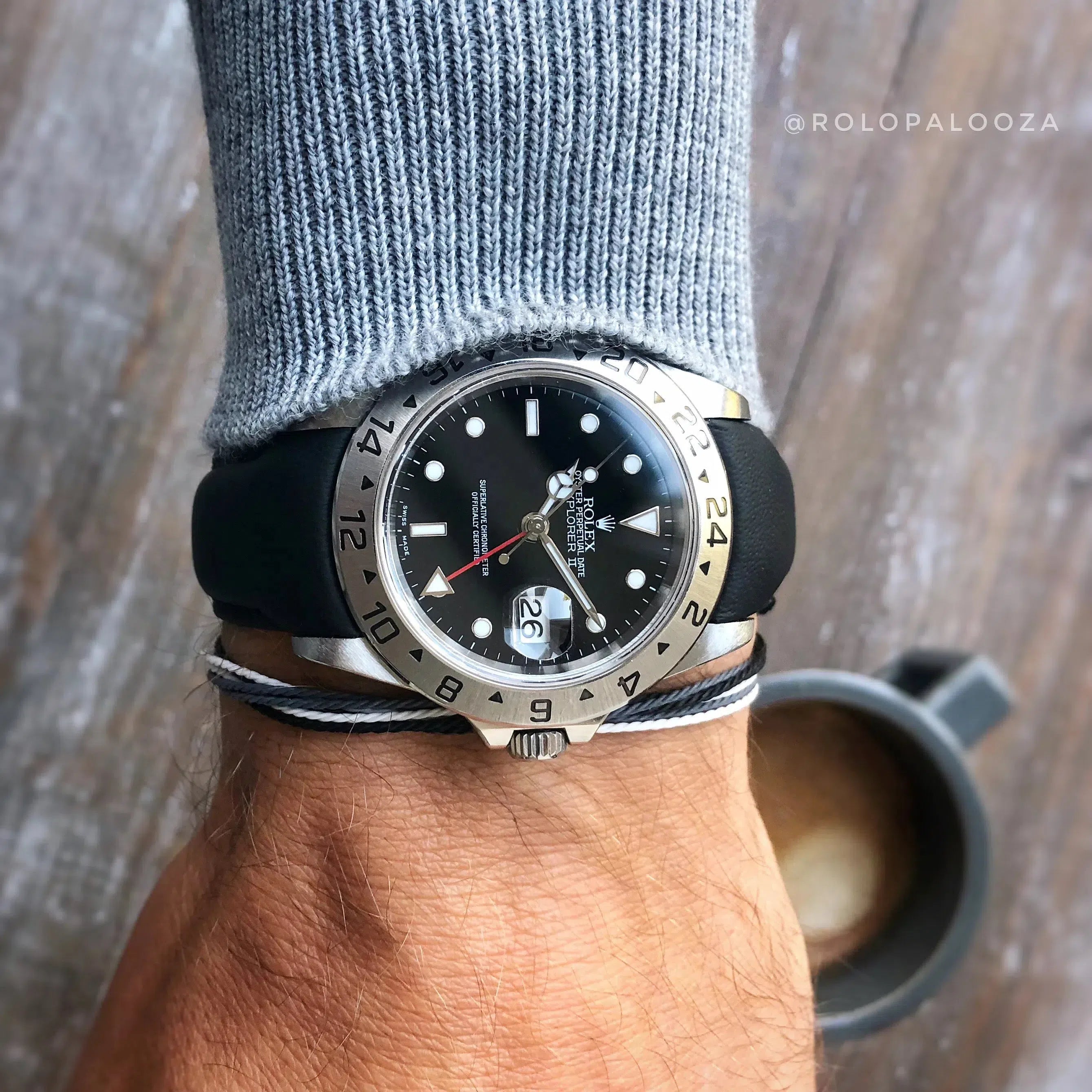
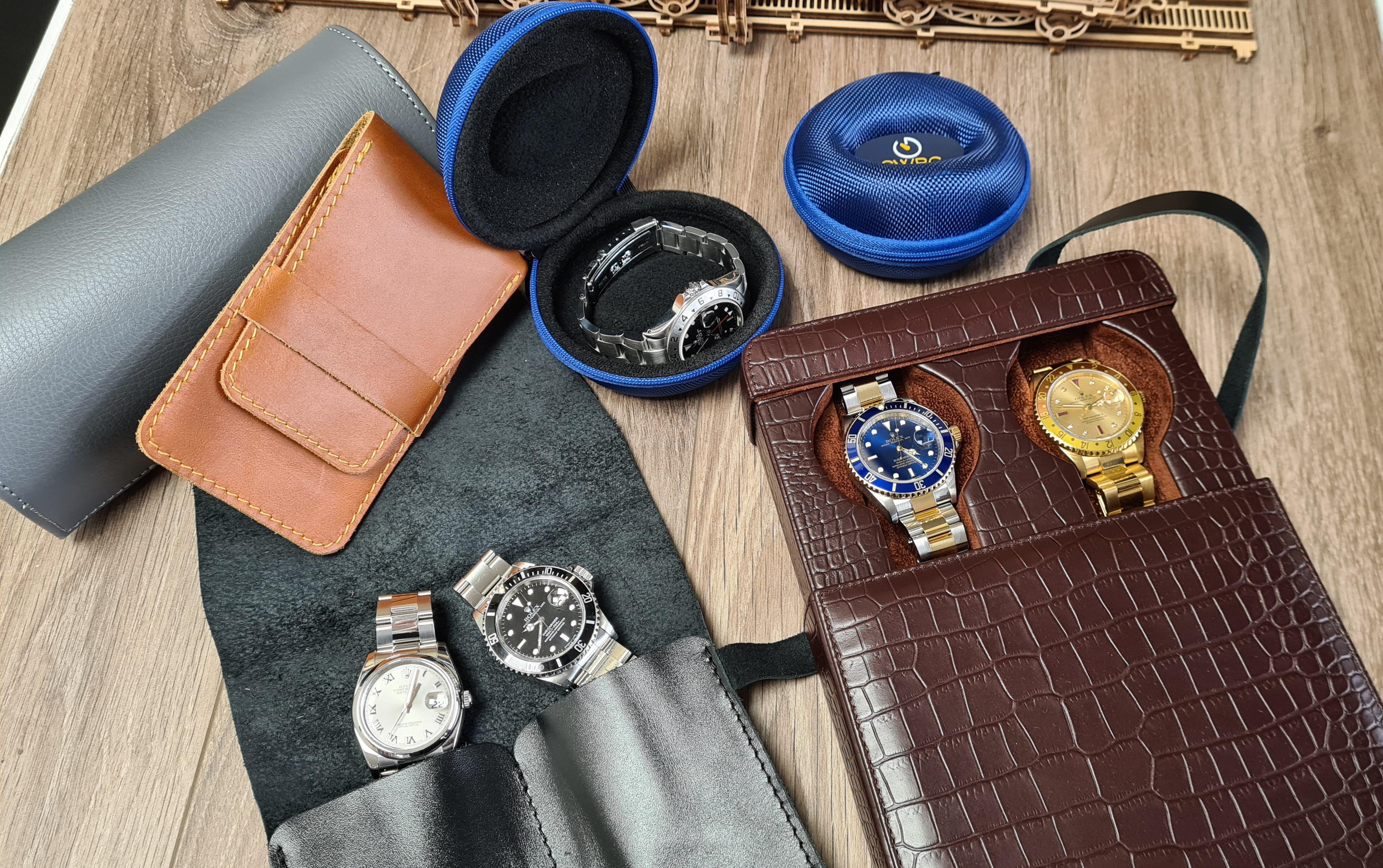
Leave a comment
This site is protected by hCaptcha and the hCaptcha Privacy Policy and Terms of Service apply.